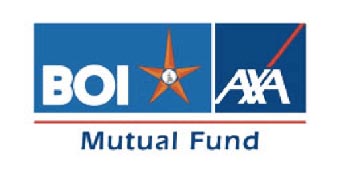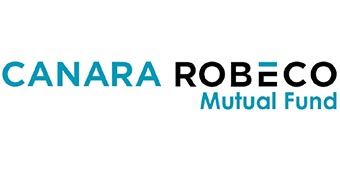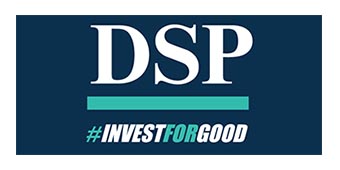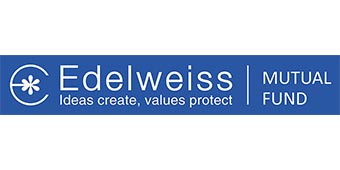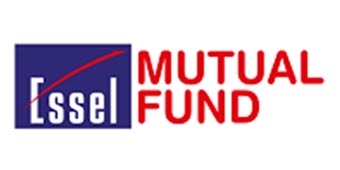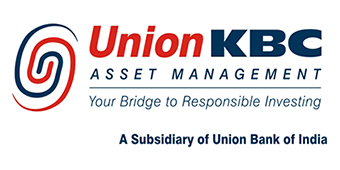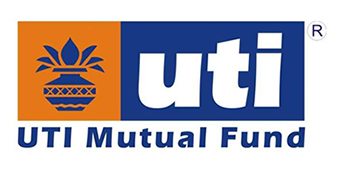- info@srhworld.com
- +91 (20) 24616106 | Helpline : +91 84849 14844
Hybrid Funds – Meaning, Benefits, and How it Works
Hybrid funds combine debt and equity investments to balance income and growth. These schemes provide regular income via debt instruments and growth via equity investment. The risk-return ratio depends on the equity exposure; higher equity investment means greater risk and vice versa.
What are Hybrid Funds?
These are types of mutual funds that intend to balance asset portfolios with investments in different instruments to generate long-term capital appreciation. The corpus is invested in different asset classes, such as equity, debt, commodities, gold, international equities, and others. Typically, hybrid funds hold securities in different companies and asset classes in a single plan for a medium to long-term period to achieve the fund objective.

Types of Hybrid Funds
The debt and equity holding differs from one scheme to another and hybrid funds can be classified into the following categories:
🔹 Equity-oriented
At least 65% of the fund corpus is invested in equity and related instruments of companies across different industries and market capitalization. The remaining portion is invested in debt and other money market instruments.
🔸 Debt-oriented
A minimum of 60% of the fund corpus is invested in fixed-income products like bonds, debentures, and government securities. The balance is invested in equities and even some liquid schemes.
🔹 Monthly Income
These types of schemes primarily invest in fixed-income instruments and a small portion is invested in equity and related products. Investors can earn slightly higher returns when compared to pure debt funds and generate a regular income. Most of these plans offer a growth option where the income grows in proportion to the growth in the fund’s corpus.
🔸 Arbitrage Funds
These funds acquire the stocks at a lower price in one market and then sell them in another market for a higher price. The fund managers are constantly on the lookout for such arbitrage opportunities to maximize the returns. When such opportunities are unavailable, the money is invested in debt and cash instruments.
🔹 Benefits of Investing in Hybrid Funds
- Access multiple asset classes in a single product
- Active risk mitigation through diversification and asset allocation
- Multiple options to suit the varying risk appetite of different investors
- Save time and effort as fund managers actively rebalance the portfolio as and when required
How Hybrid Funds?
These types of funds aim to balance the portfolio to offer regular income and capital appreciation to the investors. Therefore, the corpus is invested in two asset classes; debt and equity.
The equity instruments have the potential to deliver higher returns and create wealth but have a greater risk profile. On the other hand, debt instruments comprising interest-bearing securities offer a regular source of income with lower risk when compared to equity investments.
The fundamental objective of hybrid funds is to combine the benefits of both debt and equity instruments in a single fund. During favourable market conditions, the equity investment yields higher returns and helps accumulate wealth in the long term. Simultaneously, debt investments protect investors during market downturns and offer a consistent and steady source of income.
The asset allocation is managed by the fund managers based on the scheme's objective and current market conditions to ensure a maximum balance between risk and returns.
Hybrid funds are a good entry point for new investors looking to invest in equities and can be used for meeting mid-term financial goals. The key philosophies of these funds include asset allocation and diversification. These funds aim to generate capital appreciation through equity allocation while reducing volatility via debt instruments.
To know more about hybrid funds and invest in the best schemes, contact our experienced professionals today.




